Celebrate History At Cebu
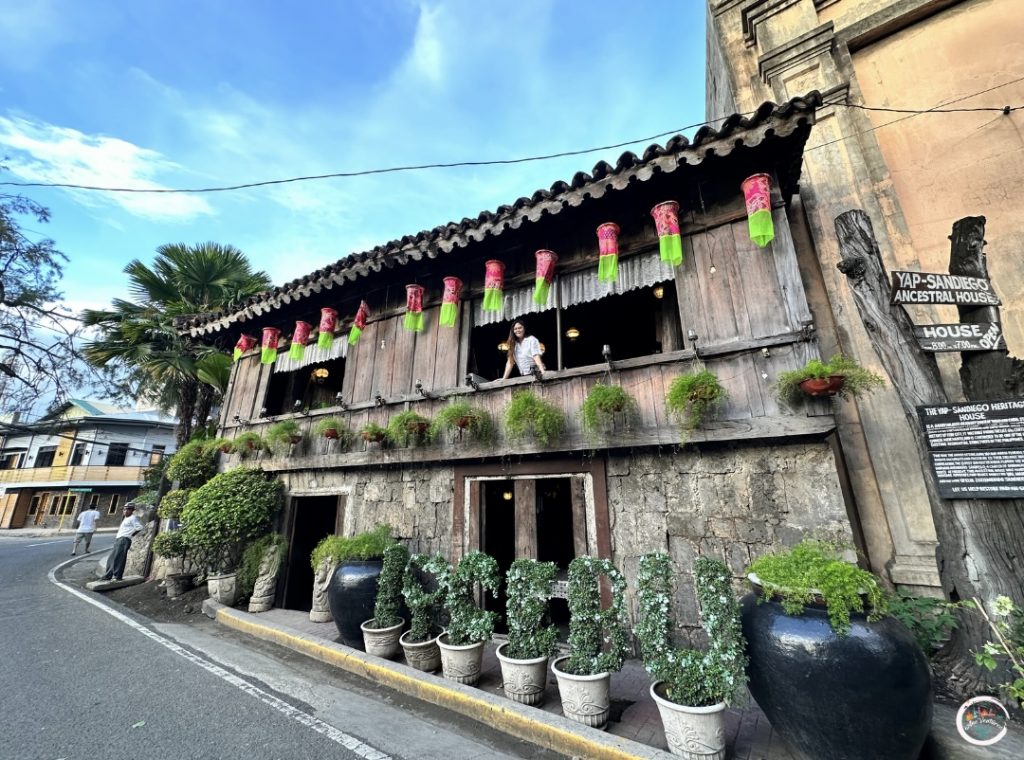
Considered to be the oldest city in the Philippines, Cebu is a silent witness to many historical events of the Filipino people. The history of Cebu has come a long way and even before the Spanish colonization when the island was not yet a province. Its rich history goes for more than 439 years already.
Today, Cebu may be one of the most developed provinces in the country as the center of commerce and industry but big part of the city still upholds historical sites which were preserved and have become major tourist attractions of Cebu Province. This includes historical churches and ancestral houses.
Check my suggested list of historical sites, apart from old churches, that can be found in the city of Cebu.
History interests me but renarrating facts about them in my blog is a boring thing to do. It feels like I’m just retelling what has been told on the internet. So, let me just copy the stories about these places and drop the sources.
buy watson soma 1. Fort San Pedro
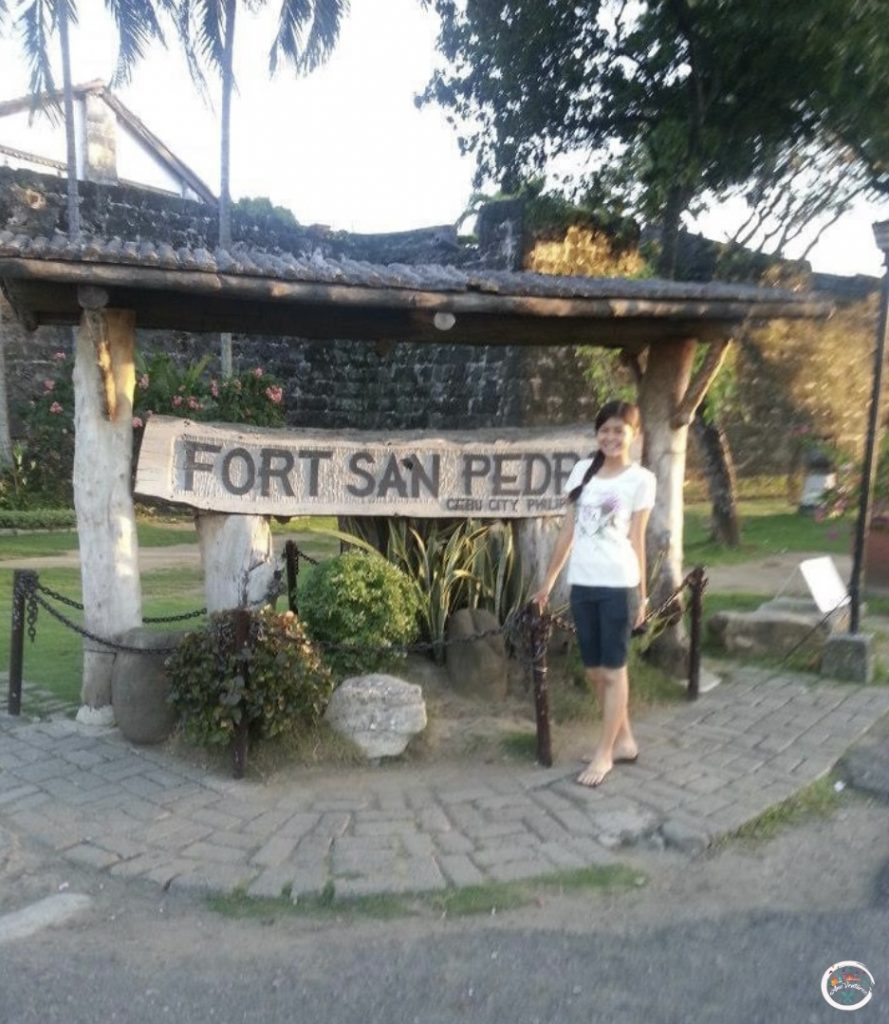
Fort San Pedro is a military defense structure in Cebu, Philippines, built by the Spanish under the command of Miguel Lopez de Legazpi, the first governor of the Captaincy General of the Philippines. It is located in the area now called Plaza Independencia, in the pier area of the city. The original fort was made of wood and built after the arrival of Legazpi and his expedition. It was then replaced in the 17th century with a stone fort to repel Muslim raiders.
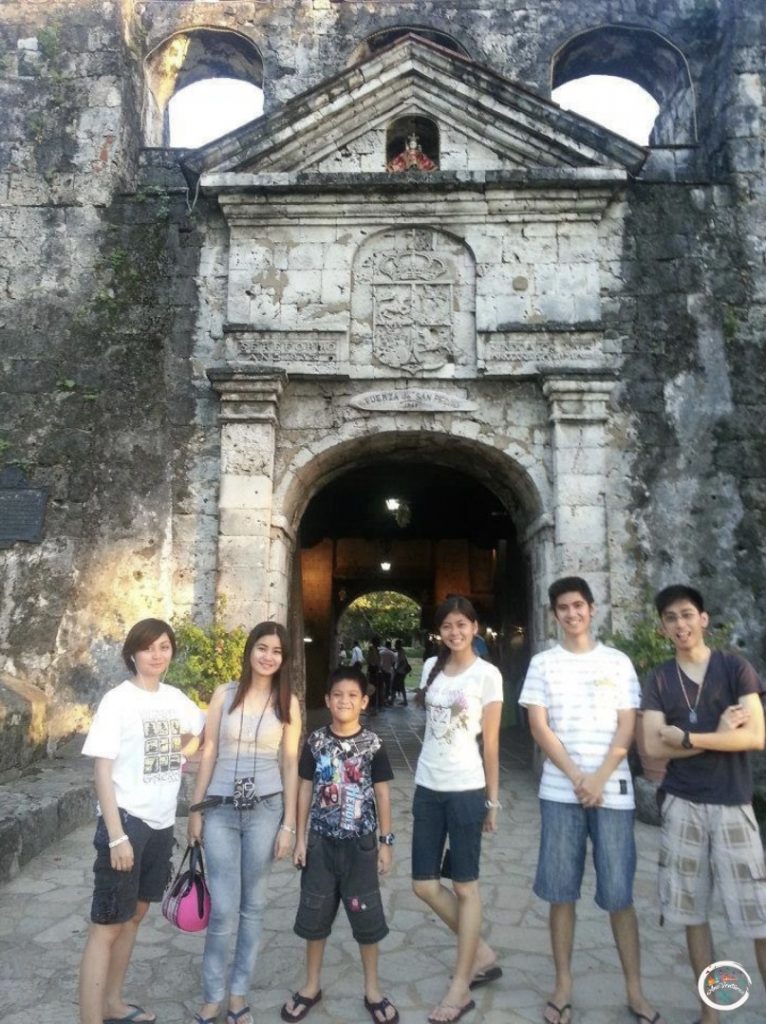
The structure dates from 1738 and is the oldest triangular bastion fort in the country. Today, part of the fort is a museum that displays legacies of the Spanish government and well-preserved Spanish artifacts like documents, paintings, and sculptures. The large lawn of the fort is now being used for functions like weddings, birthdays, and other occasions.
Sources: Philtourism | Travel Cebu
generic Soma next day 2. Museo Sugbo
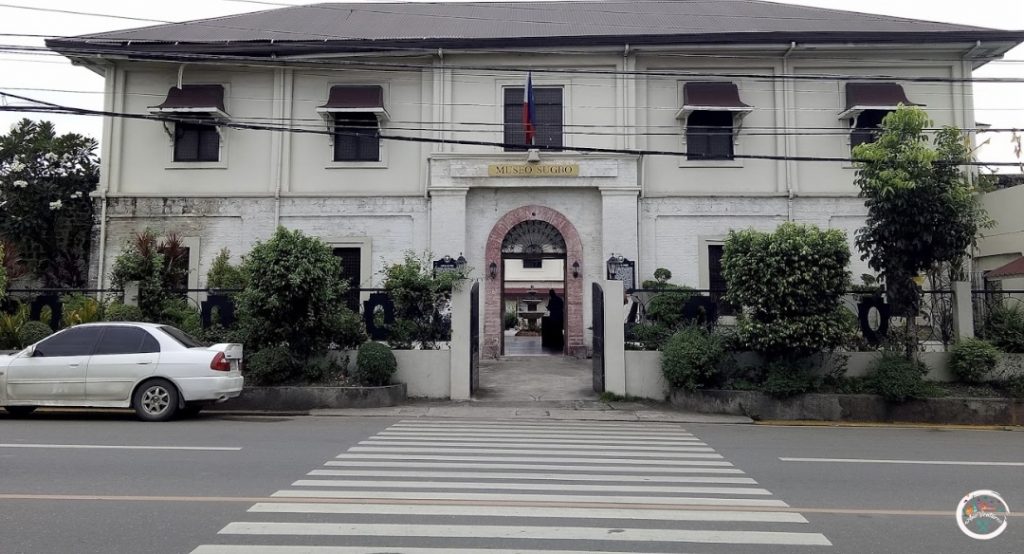
Museo Sugbo is an old prison that turned into a large museum of today. During Spanish occupation, this served as prison for Filipino captives. However, during American period, Americans placed their horses here as stables for horse racing. Also, during Japanese time, Japanese imprisoned Filipino opponents in this place. This became Cebu Provincial Detention and Rehabilitation Center until it was relocated in 2004.
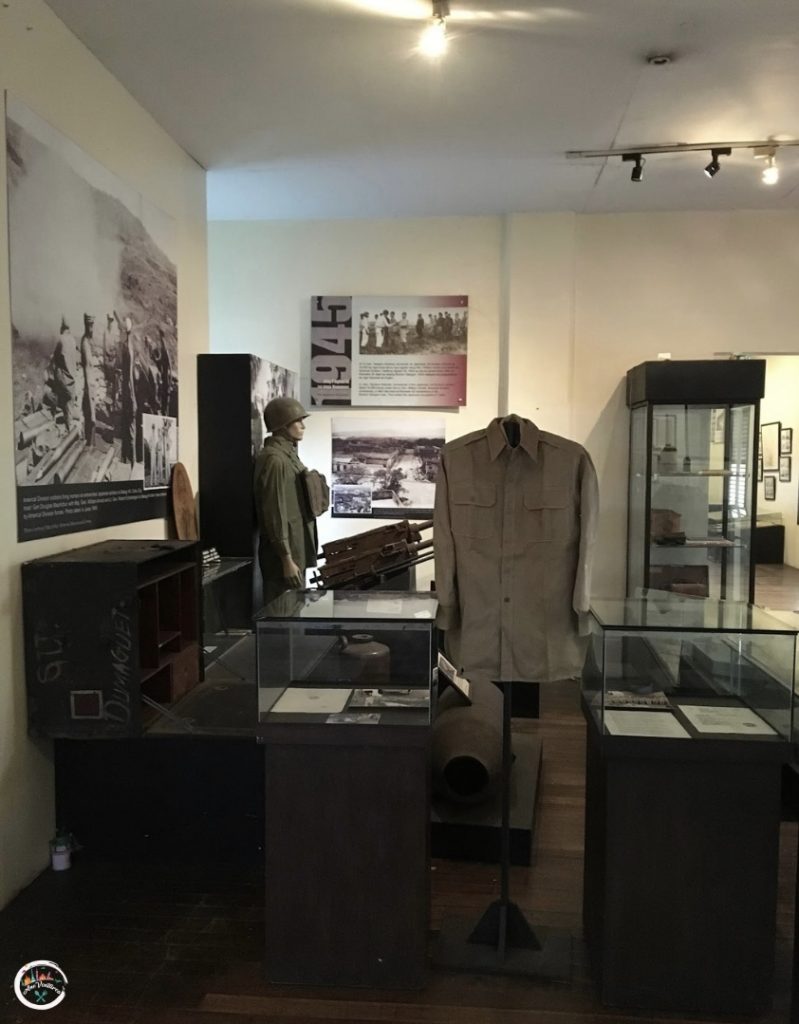
Located four blocks away from Plaza Independencia, Museo Sugbo is a captivating museum that provides a comprehensive overview of Cebu’s history and culture. The exhibits are thoughtfully curated and showcase a wide range of artifacts and displays. The museum’s layout and organization make it easy to navigate and understand the historical narrative.
Sources: Travel Cebu | Inquirer
purchase Soma COD 3. Yap – San Diego Ancestral House
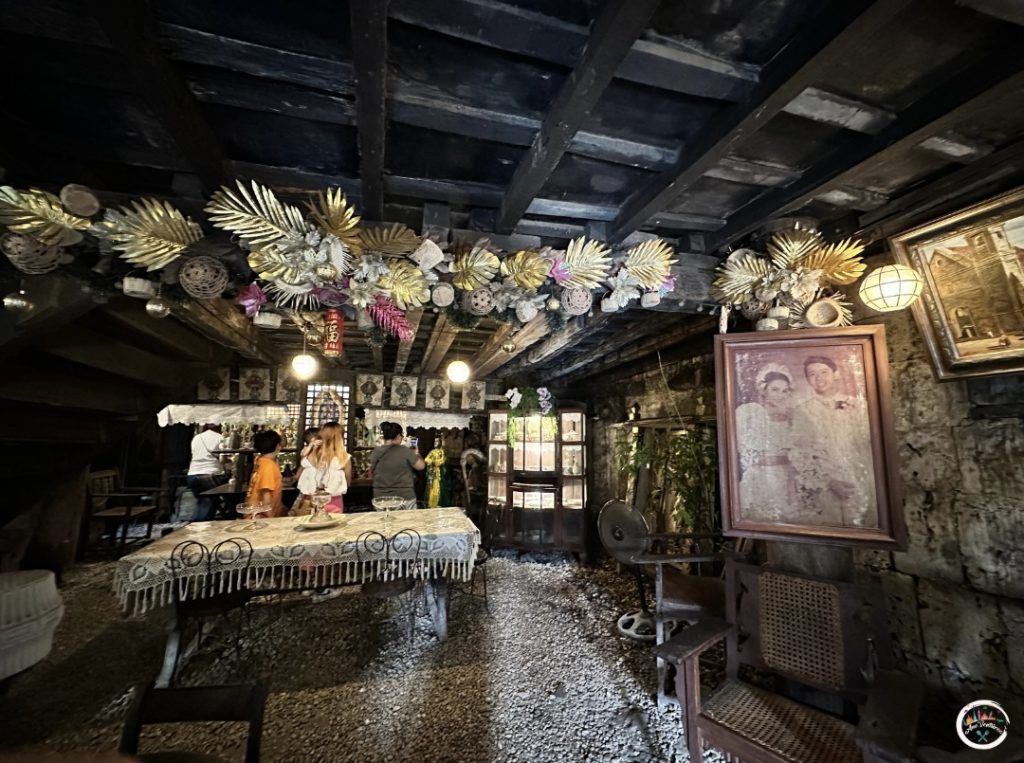
Originally owned by Chinese merchants, Juan Yap and Maria Florido, dating back to 17th century, this ancestral house has become a landmark in the historic district of Parian. Therefore, it offers a glimpse into the traditional Chinese-Filipino lifestyle during the Spanish colonial period. The two-storey house features bricked coral stone walls and molave and terracotta roofs.
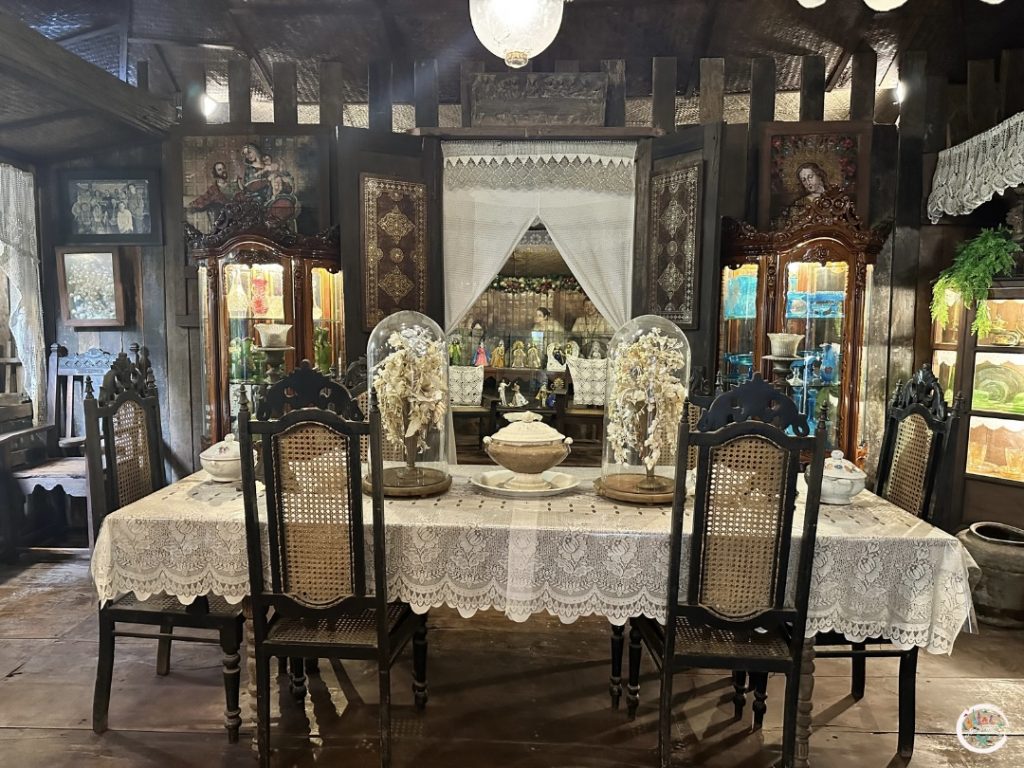
The house is now owned by the great grandson of Yap and Florido’s daughter. It’s just sad that during my two visits in 2012 and 2023, there were no tour guides or even audiovisual tools that’ll help visitors to further understand the history of this house and the artifacts inside. It feels like we’re giving a hundred peso just to see what an old house looks like, take photos with it and not learn the background.
Source: ABS-CBN News
http___www.bigleaguekickball.com_category_press_ fedex soma overnight 4. Casa Gorordo
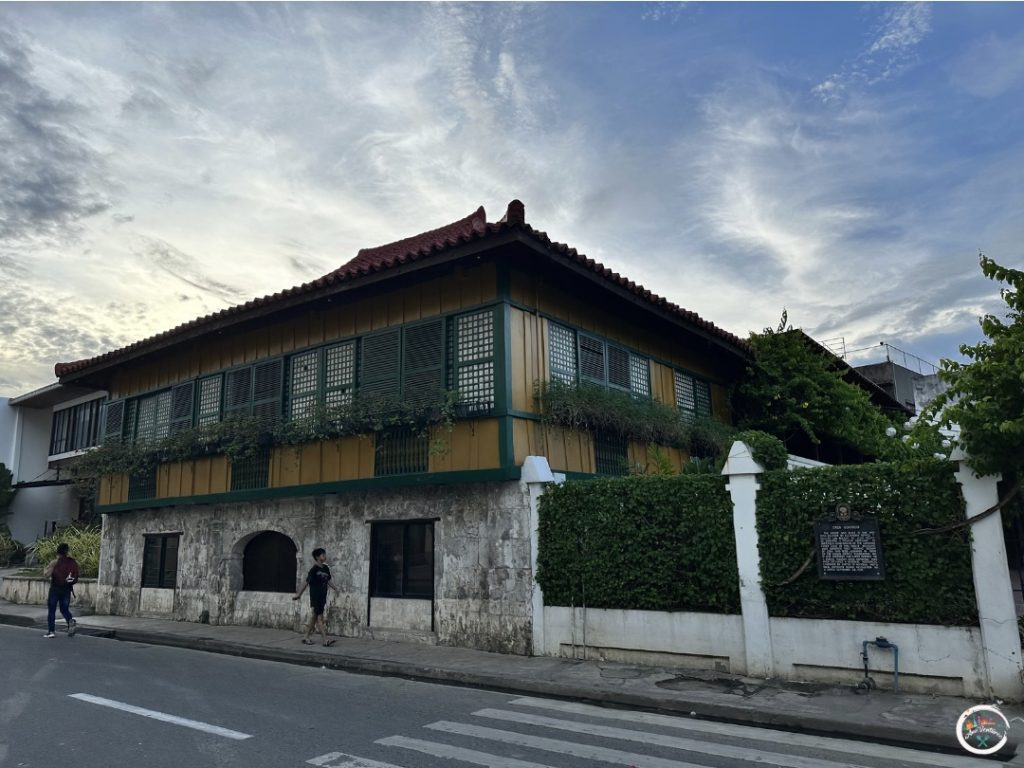
This house-turned-museum is where the first Cebuano bishop, Juan Gorordo, resided. Originally built during the 1800s, a Spanish businessman Juan Isidro de Gorordo purchased the house. Due to Ramon Aboitiz Foundation’s Cultural Heritage Program, Casa Gorordo became a museum in 1980. The museum depicts Philippine culture between 1800s to 1900s.
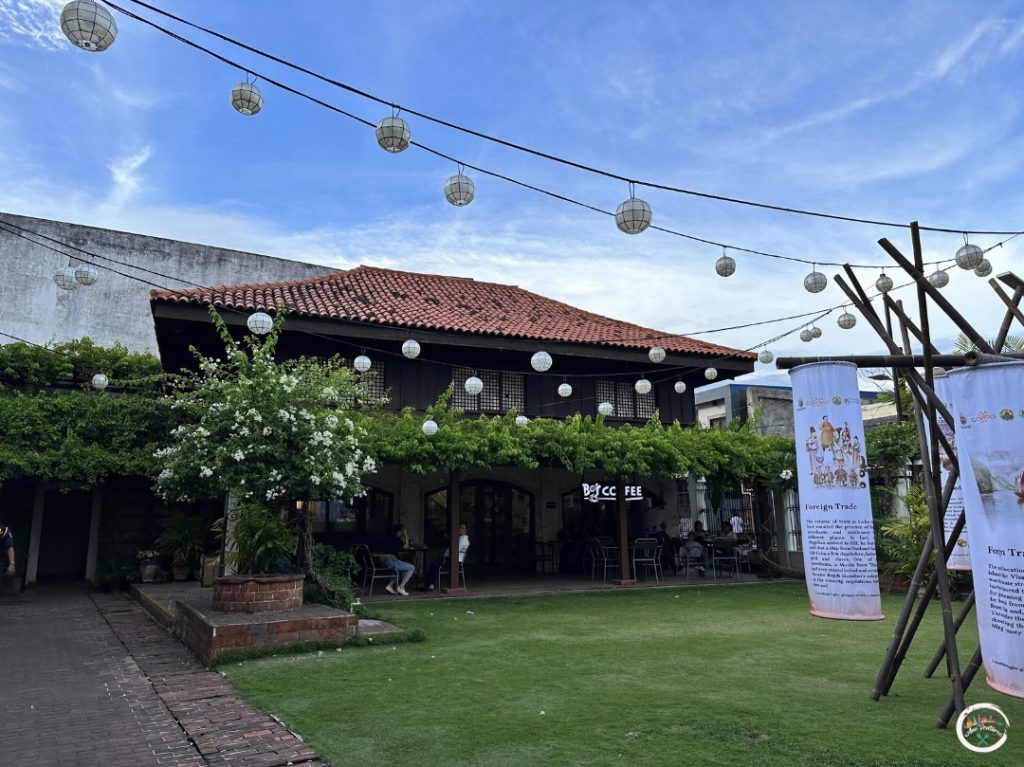
Casa Gorordo Museum does a far better job of communicating its history to visitors using interactive screens and tablet-based audiovisual tours. The staff at Casa Gorordo are incredibly passionate and well-informed. The place spoke volumes of Cebu’s heritage and it was nostalgic roaming all over the place. There’s a coffee shop in its yard, too! I must say that this is the branch of Bo’s Coffee that has the best facade.
Sources: Travel Cebu
5. Museo de Parian
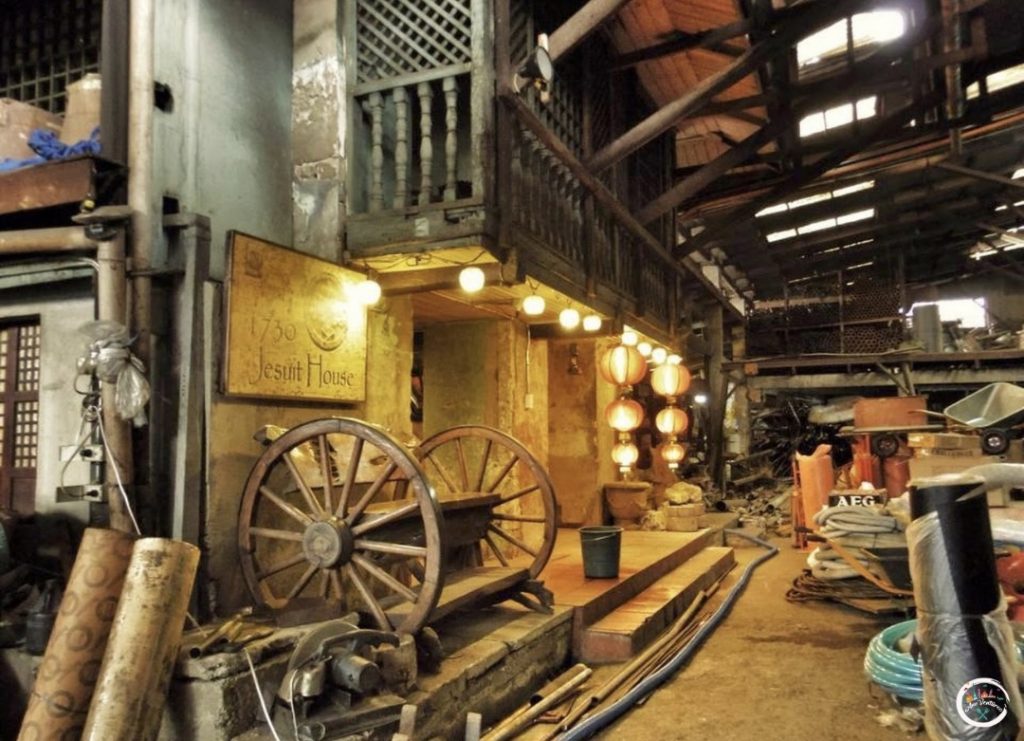
On the other hand, Museo de Parian, also known as the Jesuit House of 1730, was once resided by the second highest ranking Jesuit priest in the Philippines. Moreover, this house welcomed transient Jesuit missioners from various regions. It was an experience to visit here as the meticulous restoration efforts have maintained its original structure, allowing visitors like me to step into the past and gain a deeper understanding of Cebu’s history.
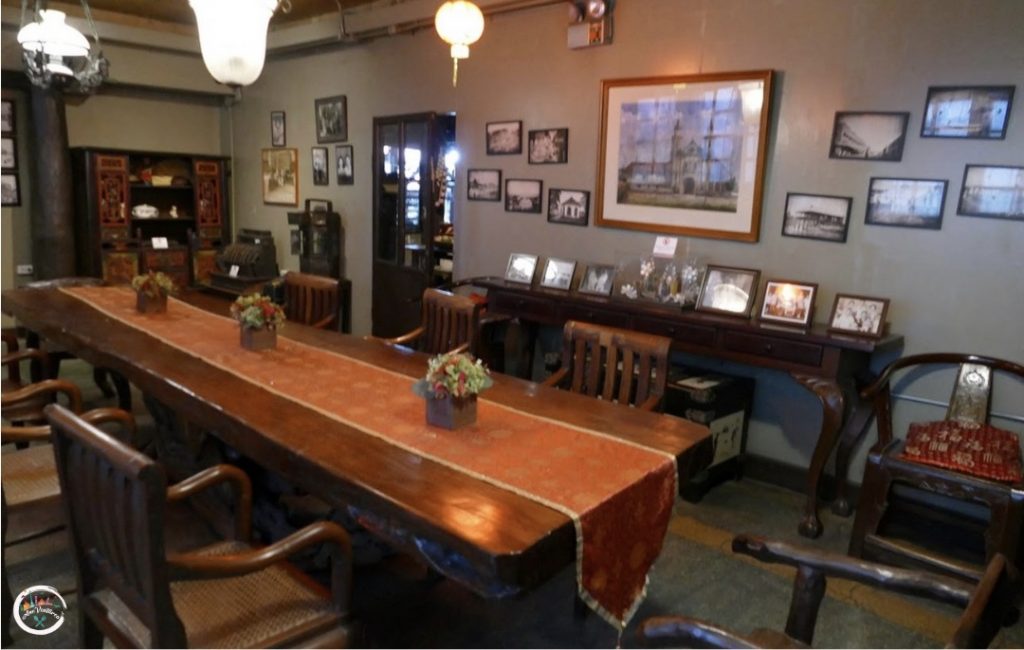
The roof of the house was built with tisa or red clay tiles while the trusses sported a lot of marvelous carvings, sure to be the handiwork of Chinese artisans. Ceramics supposedly used during the reign of Ming dynasty was also dug out from the premises of Museo De Parian. The Museo De Parian shares a similarity with the Yap – Sandiego ancestral house, as both houses’ first floor was built with coral stones.
Sources: Museo de Cebu | Travel Cebu
More about our Cebu 2023 trip:
Rico’s Lechon: #DaBestGyud
Best Of Shamrock
Basilica Minore Del Santo Niño: The Sanctuary Of The Holy Child
Discover Your Story At Costabella Tropical Beach Hotel



